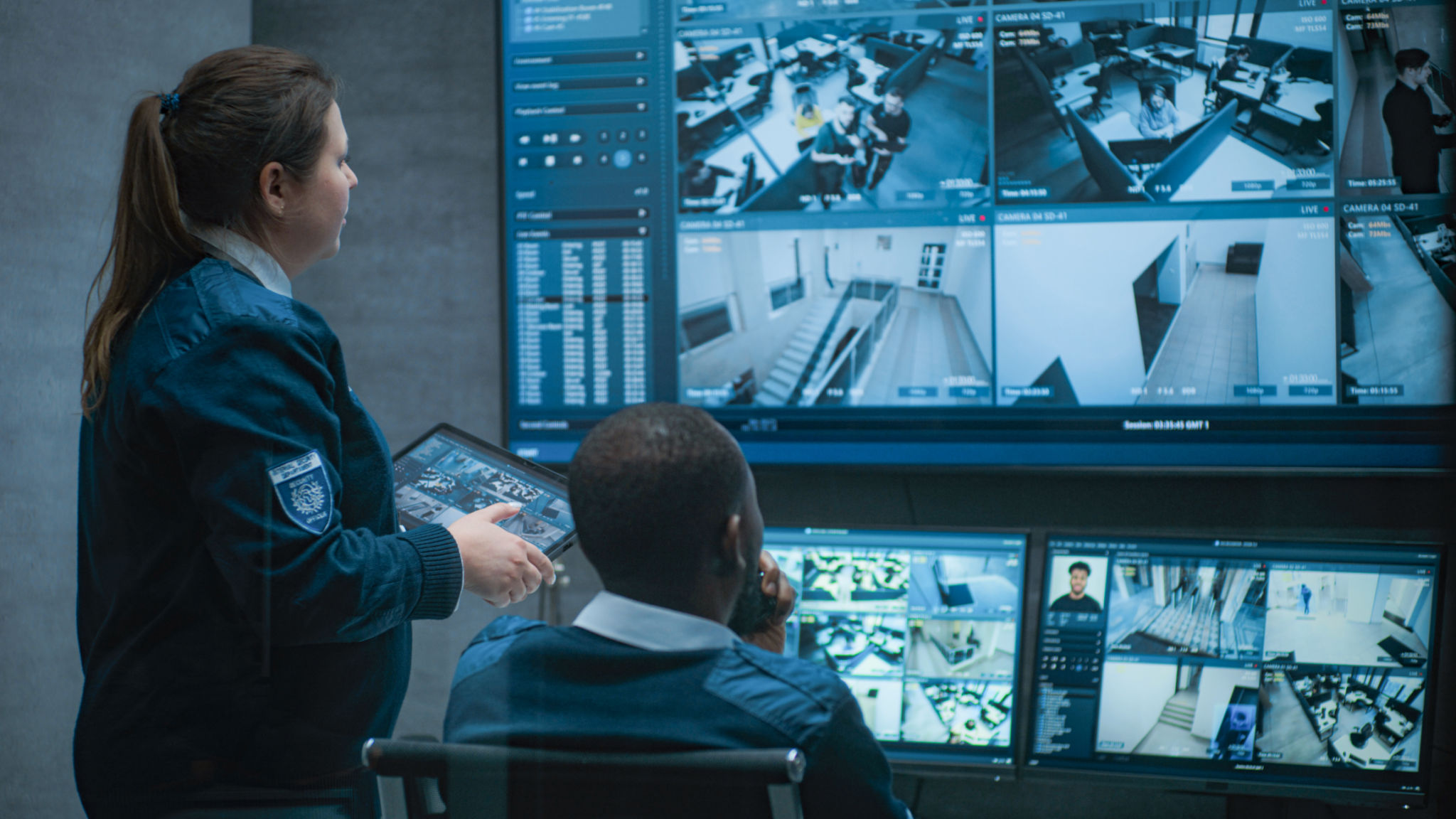A Day in the Life of a Security System Installation Professional
The Early Morning Routine
For a security system installation professional, the day often begins early. As soon as the sun rises, they're already reviewing the day's schedule and preparing the necessary tools and equipment. This preparation is crucial as it ensures that they have everything needed to complete installations efficiently and effectively. By checking their inventory, they avoid unnecessary delays during the day.
One of the first tasks is to inspect the work vehicle to ensure it is stocked with essential items like drills, wiring, cameras, and control panels. This routine check helps minimize unexpected trips back to the office or the hardware store.

Site Assessment
Upon arrival at the client's location, the professional conducts a thorough site assessment. This process involves evaluating the property to determine the most strategic places to install cameras and sensors. The goal is to ensure maximum coverage and security while considering the client's specific needs and preferences.
The assessment also includes checking for any potential obstructions that might interfere with equipment functionality. This step is critical to ensure that all components of the security system work flawlessly together.
Installation Process
Once the assessment is complete, the actual installation begins. This phase involves a series of precise steps:
- Mounting cameras at chosen locations.
- Installing motion detectors and door/window sensors.
- Setting up control panels and connecting them to the network.
Each task requires keen attention to detail and a thorough understanding of the equipment. The professional carefully follows manufacturer guidelines while also adapting to any unique challenges posed by the site.

Testing and Troubleshooting
After installation, it's crucial to test each component of the security system. This involves checking camera feeds, testing alarms, and ensuring that all sensors trigger as expected. Any issues are addressed immediately through troubleshooting, ensuring that the system is fully operational before concluding the visit.
Testing not only verifies functionality but also provides an opportunity to demonstrate to clients how their new security system works. The professional takes time to explain features and answer any questions the client may have.
Client Education and Support
A significant part of a security system installation professional's role is client education. They ensure that clients understand how to use their new system effectively. This includes teaching them how to operate control panels, access camera feeds remotely, and respond to alerts.

The professional also provides tips on maintaining the system for optimal performance. They might suggest regular testing of sensors or periodic updates to software as part of a long-term security strategy.
The End of the Day
As the day wraps up, the professional completes any necessary paperwork, documenting installations and any follow-up actions required. This documentation is essential for both client records and internal tracking.
After a long day of ensuring homes and businesses are secure, they return equipment to its proper place, restock supplies, and prepare for another day. Though demanding, the job offers satisfaction in knowing that they've helped keep people and properties safe.
